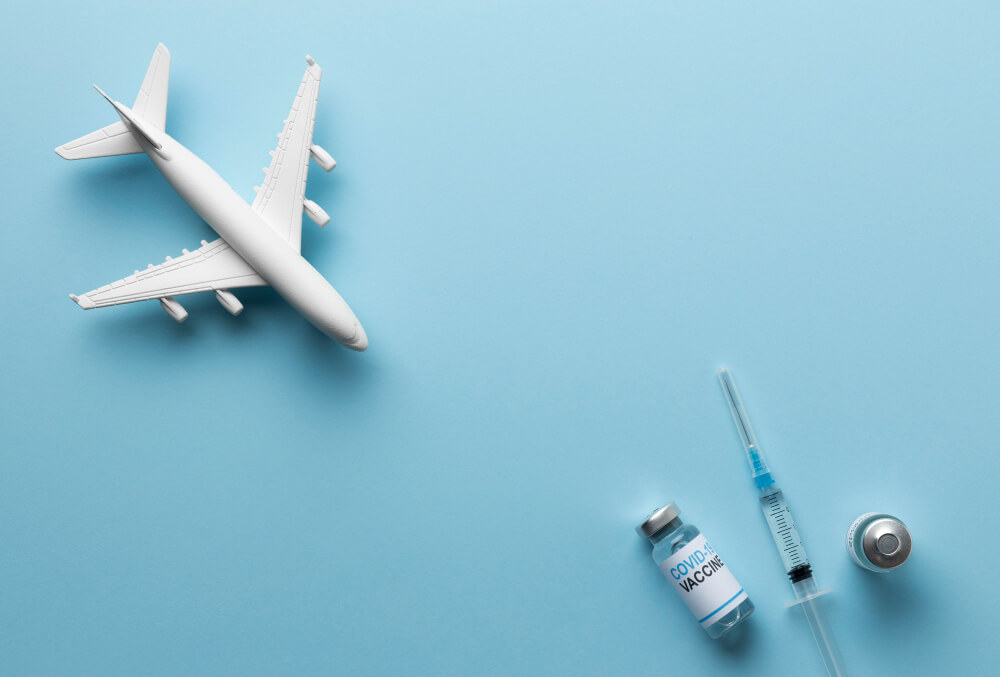As a cabin crew member, my office is the sky. I’ve had layovers on every continent, waking up in cities most people only dream of visiting. But living this life comes with a unique co-pilot: Type 1 Diabetes. I’ve had hypo episodes in the most bizarre places you can imagine—from 35,000 feet over the Atlantic to the back of a bustling tuk-tuk in Bangkok.
Those experiences weren’t just scary; they were lessons. They forced me to learn, adapt, and build a rock-solid system for managing my diabetes on the go. The good news? You don’t have to learn it the hard way. Here are the five golden rules I live by to travel the world safely and confidently.
1. The “Arm’s Reach” Rule: Your Hypo Kit is Non-Negotiable
Let’s get one thing straight: your emergency hypo supplies do not belong in your checked suitcase. They don’t even belong in the overhead bin. When a low blood sugar hits, you have minutes, not the luxury of time to ask for your bag to be brought down.
I keep a small, dedicated pouch that goes right into the seat pocket in front of me on every single flight. It’s my lifeline, and it contains:
- Fast-Dissolving Glucose Tablets: These are my first line of defense. They are portion-controlled and work incredibly quickly to raise blood sugar.
- A Small Juice Box: Liquids are absorbed faster than solids. A small, TSA-friendly (under 100ml/3.4oz) juice box is perfect for a rapid response.
- A Protein Bar: This is crucial. After treating a low with fast-acting sugar, you need a mix of protein and complex carbs to stabilize your blood sugar and prevent a “post-hypo crash” an hour later.
- One Spare Infusion Set/Pen Needle: Technology can fail. I once had an infusion set clog mid-flight. Having a spare right there saved me from a major crisis.
- Alcohol Wipes: For clean finger pricks or site changes. Hygiene is key, especially in a cramped airplane cabin.
This mini-kit isn’t just for the plane; it comes with me everywhere I go on my layover.
2. The Time Zone Trick: Let Your Body Catch Up
Crossing multiple time zones wreaks havoc on your circadian rhythm, and for a diabetic, it can throw your basal insulin schedule into chaos. My hard-won advice? Don’t rush to change your pump’s clock or your long-acting insulin time.
Especially for short trips (under 48-72 hours), I keep my body on “home time.” It’s a simple but effective trick:
- I keep a note on my phone’s lock screen with my home time zone.
- I log all my blood glucose values, carb counts, and correction boluses based on my home time until I’m settled in for a longer stay.
This prevents the mental gymnastics and dangerous dosage errors that can come from immediately switching to a new time. For longer trips, I gradually shift my schedule by an hour or two each day, allowing my body to adjust gently.
3. The Airport Security Lifesaver: Your Doctor’s Letter is Your Golden Ticket
Airport security can be the most stressful part of the journey for someone with diabetes technology. Trust me, I’ve had to explain to a security officer that my insulin pump was, in fact, not an “explosive device.” It’s not fun.
To avoid this nightmare scenario, always be prepared:
- Carry a Doctor’s Letter: This is non-negotiable. Have a printed, signed letter from your doctor stating that you have Type 1 Diabetes and need to carry medical supplies like insulin, syringes, an insulin pump, and a Continuous Glucose Monitor (CGM). Having a copy in English is essential for international travel.
- Be Proactive: As you approach the security belt, inform the officer that you are wearing a medical device (pump/CGM). Most manufacturers advise against sending these devices through X-ray machines or full-body scanners. You have the right to request a manual pat-down instead. A clear, calm explanation makes the process smooth for everyone.
4. The Physics Warning: How to Beat Cabin Pressure
As an aircraft ascends, the cabin pressure changes. This simple law of physics can have weird effects on your diabetes supplies.
- Leaky Insulin Pens: Air bubbles in an insulin cartridge can expand during ascent, forcing insulin out of the needle tip. I learned to wrap my pens in a small zip-lock bag to contain any potential leaks. A simple trick is to remove the needle from the pen during the flight.
- Exploding Test Strip Bottles: Yes, it can happen! The pressure change can cause the cap on a bottle of test strips to pop open, sending them flying. A simple rubber band wrapped tightly around the bottle prevents this entirely.
5. The Backup for Your Backup: Double Everything
I once dropped a full vial of insulin, watching it shatter in a hotel sink in Rome. In that moment, I was so grateful I had followed my own rule: always travel with at least double the supplies you think you’ll need.
Luggage gets delayed in Munich. A pharmacy might not carry your specific brand of insulin in Tokyo. Your pump site might fail three times in one day. You cannot predict these things, but you can prepare for them. Pack double the insulin, test strips, pump sites, sensors, and syringes. Split them between your carry-on and your checked bag (if you have one) so that a lost suitcase doesn’t mean a full-blown medical emergency.
Your future self will thank you.
Conclusion
Traveling with Type 1 Diabetes isn’t about living in fear—it’s about being clever and prepared. Once you build your own “travel system,” it becomes second nature, just like buckling your seatbelt. The world is a vast, beautiful place. Don’t let diabetes keep you from seeing it.











